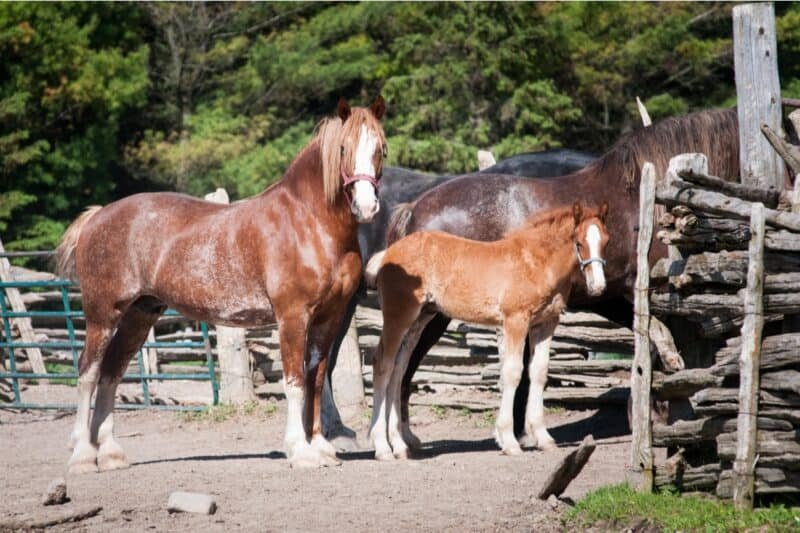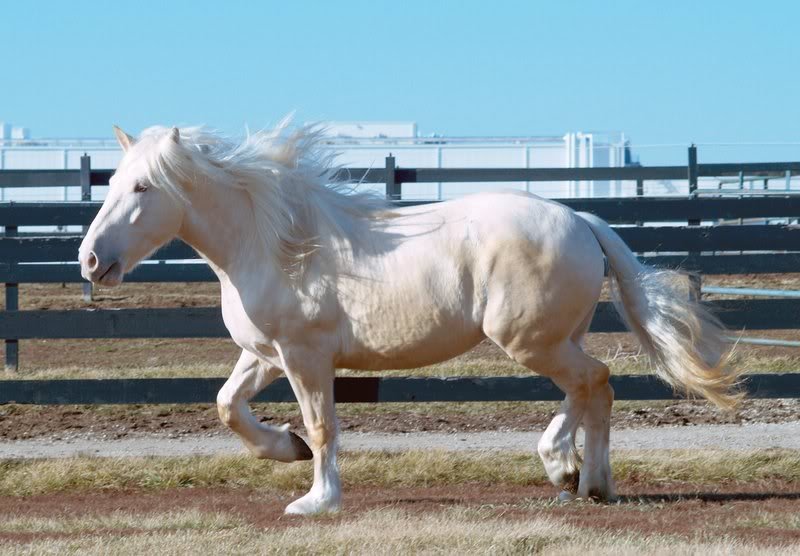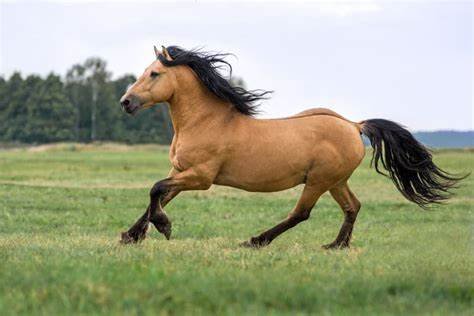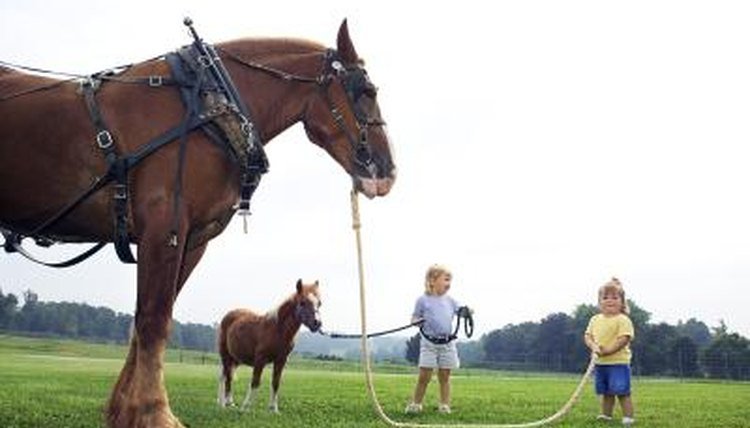Draft horses have played an integral role in agriculture for centuries, and cream draft horses, with their strength, endurance, and gentle temperament, stand out as symbols of agricultural resilience. These majestic animals were not only prized for their physical capabilities but also for their reliability in aiding farmers to cultivate and sustain their lands. This article delves into the historical importance of cream draft horses in agriculture, exploring their contributions and lasting legacy.
1. The Rise of Draft Horses in Agriculture
The use of draft horses in farming dates back to ancient times. As agricultural practices evolved, the demand for larger, stronger animals capable of performing heavy labor grew. Cream draft horses became particularly valued in the 19th and early 20th centuries due to their unique combination of power and docility.
Why Cream Draft Horses?
- Strength: Cream draft horses were built for heavy work, capable of pulling plows, wagons, and other farming equipment with ease.
- Temperament: Their calm demeanor made them easy to handle, even by inexperienced farmers or children.
- Adaptability: These horses could work in various terrains and climates, making them ideal for diverse farming conditions.
2. Key Roles in Agriculture
Cream draft horses performed a variety of essential tasks on farms, making them indispensable to agricultural life before the advent of mechanized equipment.
Plowing and Field Preparation
Before tractors, cream draft horses were the primary source of power for plowing fields. Their ability to pull heavy plows allowed farmers to till large areas of land, preparing the soil for planting crops.
Harvesting and Transportation
These horses played a crucial role in harvesting, pulling wagons loaded with hay, grain, or other produce. Their strength made them capable of carrying heavy loads over long distances, ensuring crops reached storage facilities or markets.
Logging and Land Clearing
Beyond crop farming, cream draft horses were often used to clear forests for agricultural expansion. They could haul logs and uproot stumps, helping farmers create arable land for cultivation.
3. Contribution to Small-Scale Farming
While large farms benefited from the strength of cream draft horses, small-scale farmers relied on them for everyday tasks, including:
- Pulling carts loaded with supplies or water.
- Assisting with planting by dragging seed drills.
- Powering stationary equipment like threshers and mills.
Their versatility made them a valuable asset for farmers working with limited resources.

4. Decline with Mechanization
The Industrial Revolution and the rise of mechanized farming equipment in the mid-20th century led to a decline in the use of draft horses, including cream drafts. Tractors and other machinery could work faster and required less upkeep compared to live animals. However, this shift did not erase the legacy of cream draft horses.
Preservation of Draft Horse Breeds
Enthusiasts and farmers who appreciated the historical and cultural significance of draft horses began efforts to preserve breeds like cream drafts. Today, they are celebrated in parades, agricultural fairs, and historical reenactments, where their contributions are honored.
5. Cream Draft Horses in Modern Sustainable Farming
Although their prominence has diminished, cream draft horses have found a niche in modern sustainable and organic farming practices. Many small-scale farmers and homesteaders appreciate the eco-friendly aspects of using draft horses, including:
- Reduced reliance on fossil fuels.
- Minimal soil compaction compared to heavy machinery.
- The ability to work in sensitive areas where machinery might cause damage.
These practices not only honor historical farming traditions but also align with contemporary efforts to create environmentally responsible agricultural systems.
6. The Legacy of Cream Draft Horses
The historical role of cream draft horses in agriculture extends beyond their physical contributions. They symbolize:
- Human-Animal Collaboration: A partnership where mutual trust and effort led to the prosperity of farming communities.
- Cultural Heritage: Draft horses are featured in folk art, literature, and oral traditions as emblems of hard work and resilience.
- Educational Value: Today, they serve as living examples for teaching agricultural history and sustainable practices to new generations.
7. Celebrating Cream Draft Horses Today
Organizations and enthusiasts around the world work to preserve the legacy of cream draft horses. Their role in agricultural fairs, plowing competitions, and heritage farms allows people to witness firsthand the incredible contributions these animals made to farming.
Popular Events Featuring Cream Draft Horses
- Plowing demonstrations at historical farms.
- Draft horse pulling competitions at state fairs.
- Educational workshops on traditional farming techniques.
Conclusion
Cream draft horses played a pivotal role in the history of agriculture, serving as the backbone of farming communities for centuries. Their strength, adaptability, and gentle nature made them indispensable in cultivating the land and sustaining livelihoods. While modern machinery has replaced them in most farming operations, their legacy endures through preservation efforts and sustainable practices. Cream draft horses remind us of a time when the bond between humans and animals was central to agricultural success, and they continue to inspire admiration for their contributions to our shared history.











